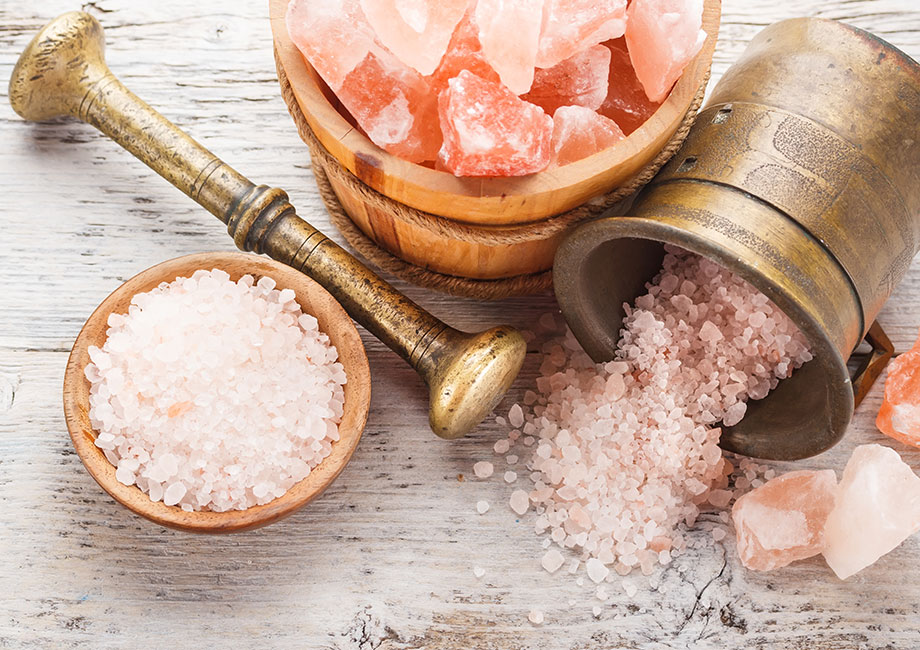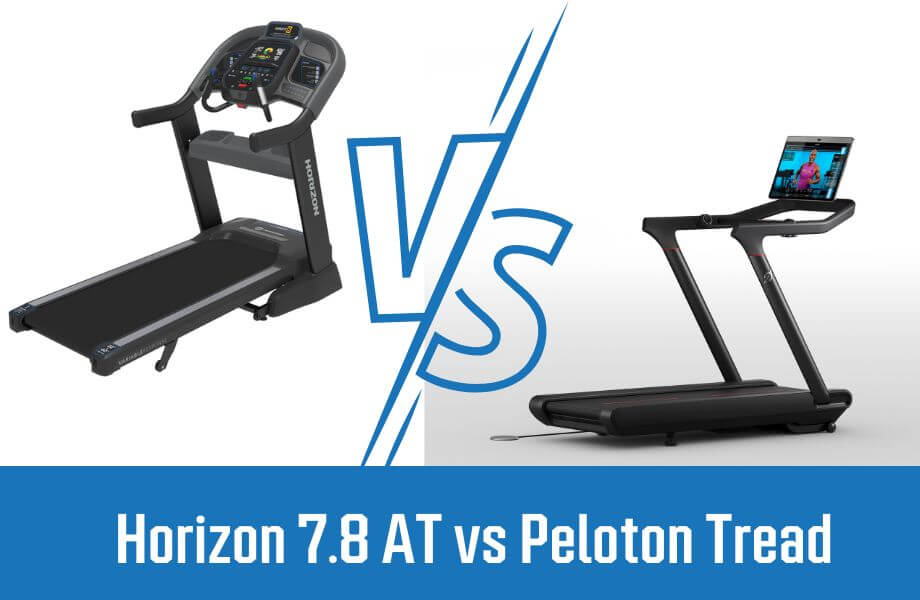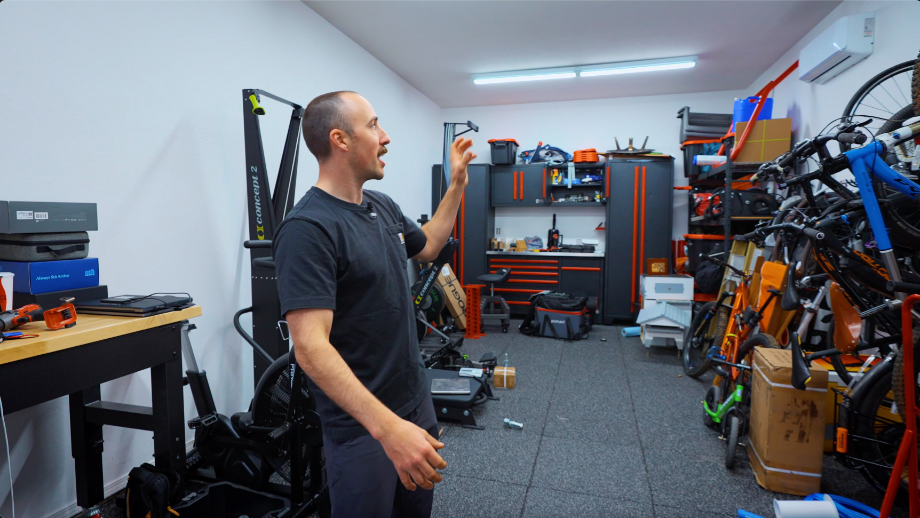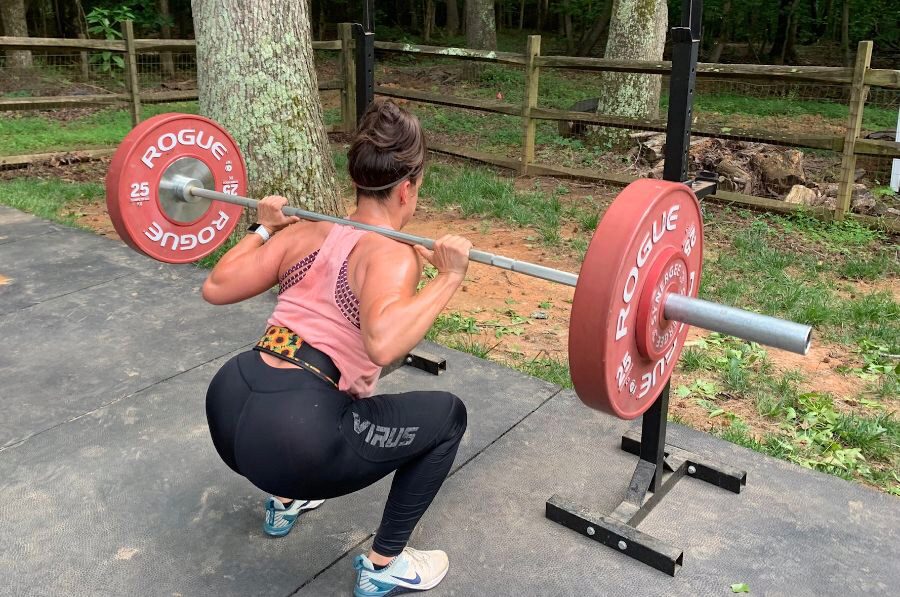Salt has been a long-time villain in the nutrition world, so is a salt pre-workout the best idea? Whenever you see low-sodium versions of canned foods or your favorite condiments like soy sauce, it’s hard not to assume that it’s a nutrient to be avoided at all costs.
It also doesn’t help matters that most of the processed foods prevalent in the American diet contribute to higher sodium intakes.
RELATED: Best Low-Sodium Meal Delivery Service
Though you should absolutely limit your intake of processed foods, the same isn’t always the case for salt and sodium, especially if you’re active. But does that mean you should be using salt as a pre-workout? Or is this just another crazy trend? Let’s see what the science says.
Medical disclaimer: This article is intended for educational and informational purposes only. It is not intended as a substitute for medical advice. For health advice, contact a licensed healthcare provider.
Short Answer: Does Salt Make an Effective Pre-Workout?
Is salt more effective than even the best pre-workout supplement? Not exactly. Taking salt before a training session has been thought to have benefits in endurance and ultra-endurance athletes for helping prevent muscle cramps1, but it doesn’t have significant benefits for weightlifting or most other forms of sport.
The exception is in special cases when certain athletes may experience large sodium losses and even then, it’s better for an athlete to increase salt intake after the training session, not before, in those cases.
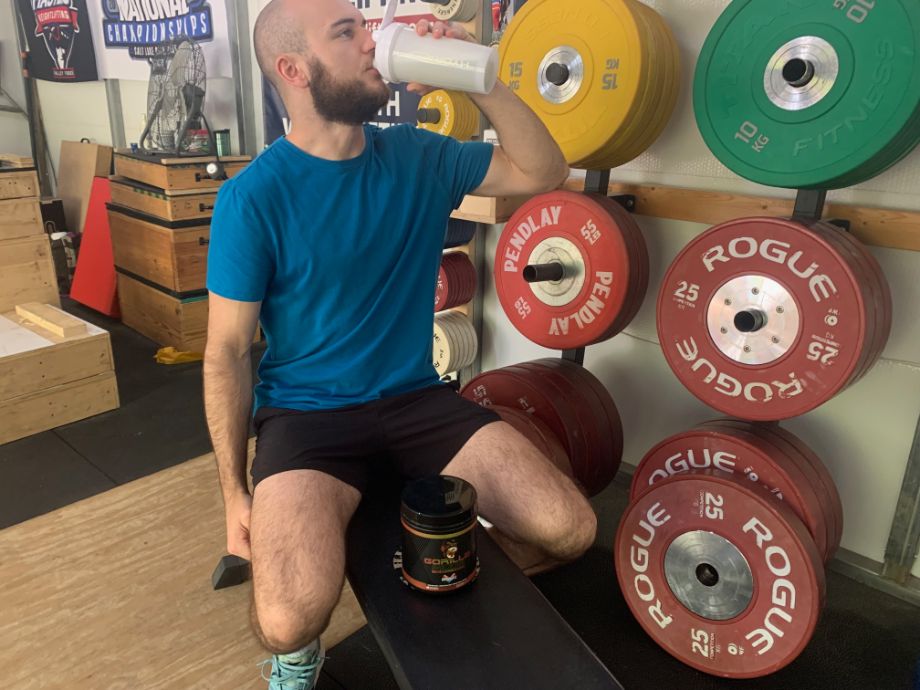
Though salt before a workout does offer some advantages, there are also significant risks involved, and studies have shown that sodium from a pre-workout meal provides just as many benefits2 as taking something like plain table salt before weightlifting.
Salt Pre-Workout: How Does It Work?
Though “salt” and “sodium” are commonly thought to mean the same thing, it’s important to know there’s a major difference. Salt is a mixture of sodium and chloride, hence its chemical name of sodium chloride, and is composed of about 40% sodium and 60% chloride.
RELATED: Best Sports Drinks 2024
So, one teaspoon of salt is roughly 2,300 mg of sodium and about 3,400 mg of chloride. Interestingly, this is the maximum amount of salt recommended by the Centers for Disease Control and Prevention (CDC)3. Daily amounts that surpass this are associated with increased risk of heart disease, including high blood pressure and stroke.
This is why high-sodium diets are associated with health risks. However, it’s imperative to know that these restrictions are more for people who are sedentary and do not exercise often. For active individuals a higher sodium intake may actually be recommended. Not only does sodium work to optimize muscle contraction, it also helps with nerve impulses, fluid balance, electrolyte balance, and body temperature regulation4.
Benefits of Salt Pre-Workout
Salt intake has been linked to improvements in exercise performance for years. However, more research is needed to determine the reliability of these improvements, as studies have shown conflicting results. It’s also unclear if making salt a part of your pre-workout routine, rather than your hydration and recovery routine after exercise, is more beneficial.
That said, there’s a reason most of your favorite pre-workout drinks likely contain a hefty serving of sodium. Let’s look at some benefits of having salt pre-workout.
May Proactively Help with Sodium Losses From Sweat
As far as electrolytes go, sodium is considered the crown jewel. Why? Well, for all of you who have accidentally tasted your sweat, you know it’s very salty. I’ve even seen athletes who sweat so hard that when their jerseys dried out, there was a white residue left that turned out to be literal salt crystals.
RELATED: Best Detergent for Sweaty Clothes
When you lose salt through sweat, it’s imperative to replace it, as a lack of electrolyte balance can result in muscle cramps and other issues, given sodium’s role in muscle function and other bodily processes.
More on this later, but if you are a heavy sweater, having salt pre-workout may help you mitigate these losses and prevent you from having to make up for it by replenishing with tons of electrolytes during your recovery.
May Help Exercise Performance
One study published in the International Journal of Sports Medicine5 had subjects consume salt pre-workout and then cycle for 45 minutes. After measuring workout performance markers, they found the subjects had better blood flow due to the increased blood volume that can come with sodium intake. Additionally, their endurance performance time was better than the control group.
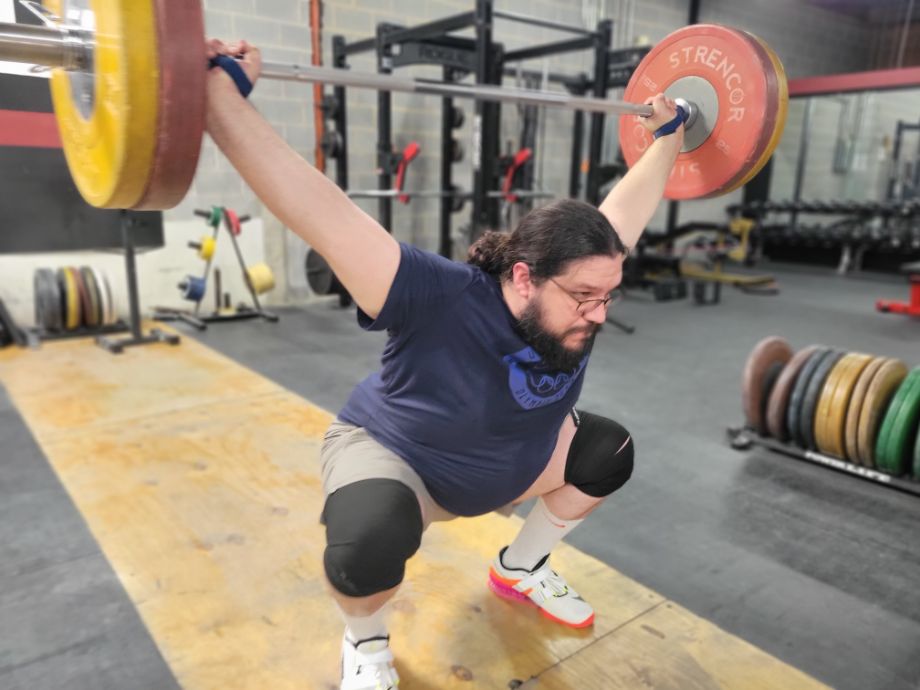
Another study with subjects who exercised in heat found similar results6. Since sweating reduces your blood volume—which can then reduce the amount of oxygen reaching your muscles—the salt helps improve blood flow and body temperature control, which is beneficial if you do intense workouts in warm climates, such as with outdoor sports.
Now, for the semi-bad news. These studies were mostly done on subjects who did their physical activity in a controlled environment. A meta-analysis of these studies found that these benefits may only work for people new to weightlifting or not highly trained. It was also found that, in highly-trained endurance athletes, table salt supplementation did not improve7 endurance time or energy levels.
Supports Fluid Balance and Hydration
Electrolytes and hydration go hand in hand. Even if you know nothing about sodium or potassium, remember these are vital electrolytes for fluid balance. They’re also imperative for muscle function. That said, the way salt pre-workout plays into these health benefits is a bit indirect.
RELATED: Best Electrolyte Powder 2024
One study found8 that having a pre-workout drink containing sea salt and carbohydrates helps enhance thirst and reduces urination through water retention. If you’ve ever felt bloated or agonizingly thirsty after a high-sodium meal, this makes sense.
So, having salt pre-workout can improve hydration by encouraging you to drink more during physical activity while reducing the fluid and electrolytes lost in your urine.
May Help Reduce Risk of Muscle Cramps
For the moderate exerciser who may not tackle the intense workouts of elite athletes, muscle cramps are really not something to be too concerned about as long as you’re drinking enough fluid and eating enough food.
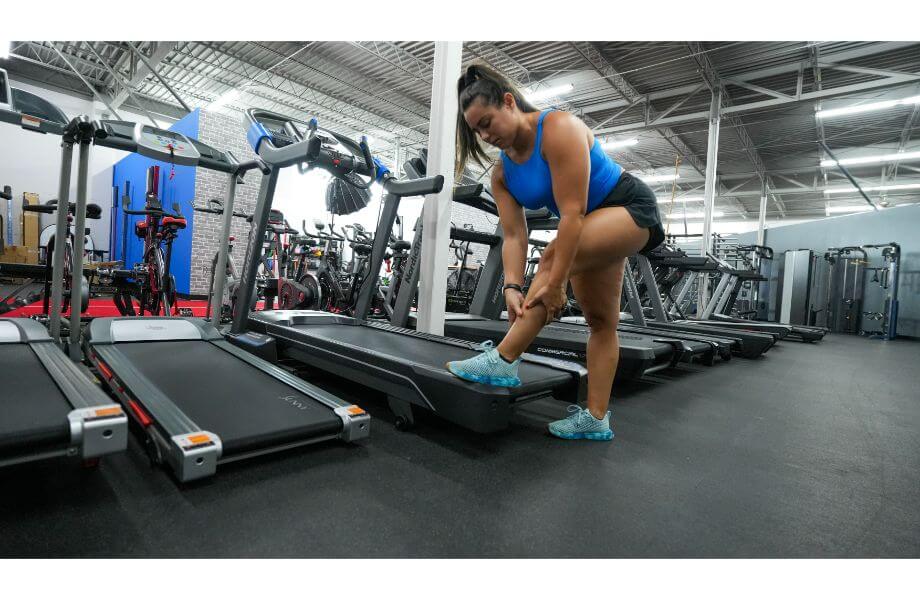
However, athletes like non-heat-acclimatized American football players commonly experience dehydration and muscle cramps due to long training sessions in uniforms and gear that cause excessive sweating9. Furthermore, athletes who train in hot climates, cold climates, at high altitude, or immersed in water will experience more fluid losses that can put them at risk for cramps.
RELATED: 7 Tips for Running in The Heat
Having salt pre-workout can help these populations get ahead of muscle cramps, rather than having to take a shot of electrolytes while the cramp is already happening. I’ve had to administer these before, and let me tell you, they aren’t fun for anyone. At this level of training, it’s a good idea to talk to a sports nutritionist about your pre-exercise sodium and fluid needs.
Who Should Take Salt Pre-Workout?
As mentioned above, the performance and health benefits of salt pre-workout are limited but may benefit certain populations and individuals.
Heavy Sweaters
For heavy sweaters, also called “salty sweaters” by sports nutritionists, it may be a good idea to have salt in their pre-workout supplement or pre-workout drink to get ahead of sodium losses. Individuals sweat at different rates, and athletes can lose between 15 and 65 mEq/L (milliequivalents per liter) of sodium in sweat. So, to prevent cramps and maintain hydration status to optimize workout performance, salt pre-workout may be one method to help.
RELATED: How Much Water Should You Drink with Creatine?
Endurance and Ultra-Endurance Athletes
Athletes who exercise for two or more hours (endurance athletes) or four to six hours (ultra-endurance athletes) need to take special care of their hydration and electrolyte balance because studies have shown10 that hyponatremia, or a state of harmfully low amounts of sodium in the blood, can occur during or after the prolonged exercise that comes with endurance.
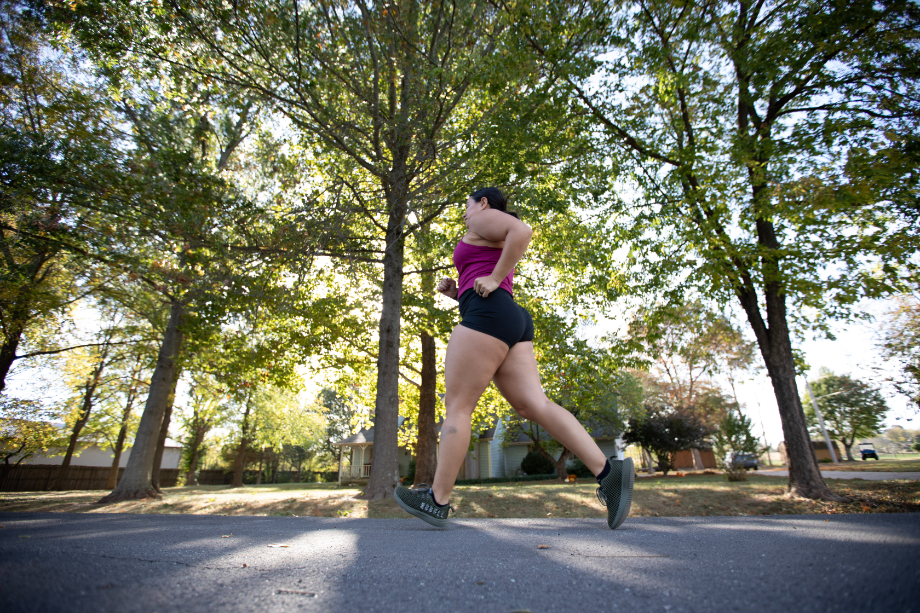
Salt pre-workout is also familiar for marathon runners as it can help reduce the risk of dehydration and hyponatremia (abnormally low blood sodium levels), a dangerous condition when severe.
Who Should Not Take Salt Pre-Workout?
Those with heart issues, osteoporosis, diabetes, or kidney issues should not take salt pre-workout due to sodium’s ability to exacerbate these conditions. Those with liver ailments should also avoid external electrolytes like the sodium, potassium, calcium, and magnesium, which you may find in sports drinks or pre-workout supplements.
RELATED: Is Protein Powder Bad for Your Kidneys?
Finally, African American individuals are known to be more prone to sodium-induced heart disease and are considered an “at-risk population.” This is why the USDA has a reduced recommendation11 of 1,500 mg per day (compared to the standard 2,300 mg per day) for African Americans and those with heart disease, diabetes, and kidney disease.
When and How to Take Salt Pre-Workout
If you’re new to bodybuilding, weightlifting, or any other activity requiring about one hour of exercise, you don’t need to take salt pre-workout to improve your electrolyte balance. However, for relevant populations like endurance athletes, adding ½ teaspoon of table salt to one liter of water or a sports drink1 can help provide the benefits of salt listed above.
Himalayan pink salt is recommended as—unlike table salt—Himalayan salt contains some vitamins and minerals, such as calcium, magnesium, potassium, copper, and iron. Keep in mind: Despite what you may have heard, no current studies have demonstrated Himalayan salt to be independently beneficial to performance.

Start with a small amount of salt and then work your way up. For example, try ¼ tablespoon in your pre-workout supplement and see how you tolerate it, as excess salt consumption also comes with its own (sometimes life-threatening) side effects. Then, drink it one to two hours before physical activity.
Salt Pre-Workout: Final Thoughts
For those who are sedentary, having too much sodium can be harmful to health. However, I’m constantly telling athletes to get it out of their heads that they need to avoid sodium entirely, as it can be critical to maintaining hydration and optimizing athletic performance.
For most, supplementary sodium intake is best implemented after a workout is complete to replenish sodium losses from sweat. This method also minimizes the risk of the side effects of too much sodium in the blood, especially if you’re putting salt into your system before any sodium is even lost.
RELATED: How to Make a Homemade Electrolyte Drink
So, I recommend that you speak with a medical or nutrition professional if you are trying this method for the first time, as hypernatremia can be very dangerous. Even so, you’ll be OK just having your favorite pre-workout supplement and then drinking your favorite electrolyte drink afterward.
Salt Pre-Workout: FAQs
Is it good to take salt before a workout?
It’s not recommended for everyone to take salt before a workout, but it may be beneficial under a professional’s supervision.
Why do bodybuilders take salt before a competition?
Some bodybuilders may reduce food intake during prep, which, in turn, reduces fluid intake. Salt before a competition can help prevent cramping from a lack of fluid balance.
Can salt give you energy?
Dehydration can cause fatigue. So, salt may affect energy levels indirectly by helping one to stay hydrated.
How do you get a good pump with salt?
Some lifters have reported a better muscle pump from taking salt due to the potential increase in blood flow and bloating effect of water in the muscles that come with increased salt intake. The current recommendation is to mix ¼ teaspoon of Himalayan salt with your pre-workout shake or meal at least two hours before your training session.
These statements have not been evaluated by the Food and Drug Administration. This product is not intended to diagnose, treat, cure, or prevent any diseases.
References
- Veniamakis E, Kaplanis G, Voulgaris P, Nikolaidis PT. Effects of Sodium Intake on Health and Performance in Endurance and Ultra-Endurance Sports. Int J Environ Res Public Health. 2022;19(6):3651. Published 2022 Mar 19. doi:10.3390/ijerph19063651
- Convertino VA, Armstrong LE, Coyle EF, et al. American College of Sports Medicine position stand. Exercise and fluid replacement. Med Sci Sports Exerc. 1996;28(1):i-vii. doi:10.1097/00005768-199610000-00045
- Sodium and Health. Centers for Disease Control and Prevention. Published June 6, 2023. https://www.cdc.gov/salt/index.htm?CDC_AA_refVal=https%3A%2F%2Fwww.cdc.gov%2Fsalt%2Ffood.htm
- Strazzullo P, Leclercq C. Sodium. Adv Nutr. 2014;5(2):188-190. Published 2014 Mar 1. doi:10.3945/an.113.005215
- Coles MG, Luetkemeier MJ. Sodium-facilitated hypervolemia, endurance performance, and thermoregulation. Int J Sports Med. 2005;26(3):182-187. doi:10.1055/s-2004-820989
- Mora-Rodriguez R, Hamouti N. Salt and fluid loading: effects on blood volume and exercise performance. Med Sport Sci. 2012;59:113-119. doi:10.1159/000341945
- Earhart EL, Weiss EP, Rahman R, Kelly PV. Effects of oral sodium supplementation on indices of thermoregulation in trained, endurance athletes. J Sports Sci Med. 2015;14(1):172-178. Published 2015 Mar 1.
- Clapp AJ, Bishop PA, Smith JF, Mansfield ER. Effects of carbohydrate-electrolyte content of beverages on voluntary hydration in a simulated industrial environment. AIHAJ. 2000;61(5):692-699. doi:10.1080/15298660008984579
- American College of Sports Medicine, Sawka MN, Burke LM, et al. American College of Sports Medicine position stand. Exercise and fluid replacement. Med Sci Sports Exerc. 2007;39(2):377-390. doi:10.1249/mss.0b013e31802ca597
- Rüst CA, Knechtle B, Knechtle P, Rosemann T. Higher prevalence of exercise-associated hyponatremia in triple iron ultra-triathletes than reported for ironman triathletes. Chin J Physiol. 2012;55(3):147-155. doi:10.4077/CJP.2012.BAA010
- Fulgoni VL 3rd, Agarwal S, Spence L, Samuel P. Sodium intake in US ethnic subgroups and potential impact of a new sodium reduction technology: NHANES Dietary Modeling. Nutr J. 2014;13(1):120. Published 2014 Dec 18. doi:10.1186/1475-2891-13-120


